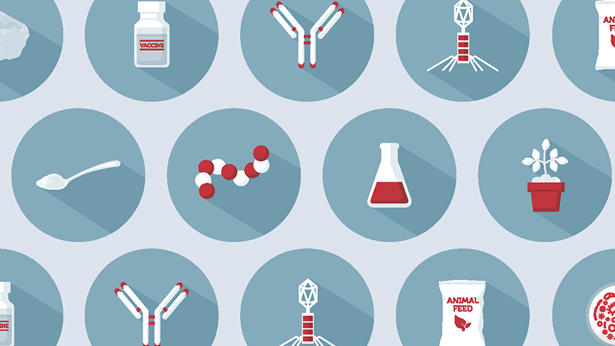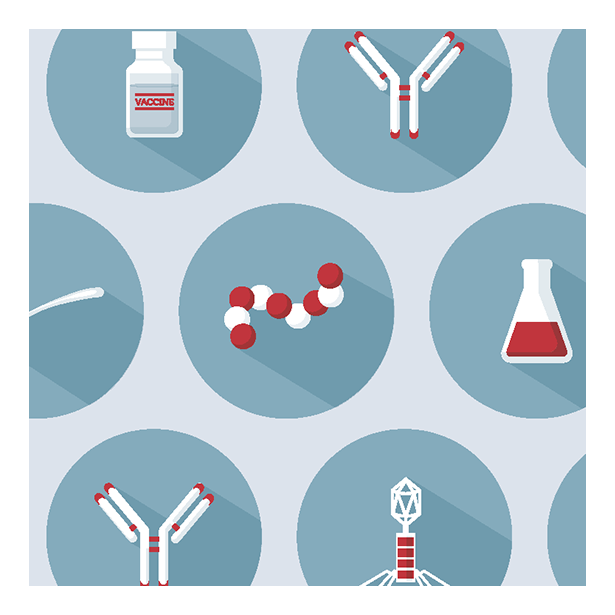New Research Highlights Promising Alternatives to Antibiotics in Animal Agriculture
Alternative products are a critical tool in the fight against antibiotic-resistant bacteria

The journal Veterinary Research recently published a special edition on new techniques that may provide alternatives to antibiotics in animals. This compilation of research resulted from the 2nd International Symposium on Alternatives to Antibiotics, co-hosted by the U.S. Department of Agriculture (USDA) and the World Organisation for Animal Health (OIE). The symposium brought together academics, government agency officials, and animal industry representatives from around the world to discuss the challenges of commercializing these products, and how to overcome them.
Alternatives to antibiotics are essential tools for minimizing the need for these drugs, and commercial operations already successfully utilize them to reduce antibiotic use and increase animal productivity. However, certain shortcomings—such as the difficulty of administering them, their relatively high cost compared with traditional antibiotics, or their variable effectiveness—have so far hindered their ability to substitute for antibiotics on a broader scale. Highlighted below are four research innovations or advancements that show promise for enhancing these products’ attractiveness as antibiotic alternatives, and the scientific community is excited about them.
- CRISPR-Cas nucleases reprogram parts of a bacterium’s immune system to inactivate their harmful aspects. Because these tools precisely target specific pathogens, there is limited to no negative impact on beneficial bacteria. While still far from commercial use, new data generated from mouse models have provided a proof of concept and indicate that this approach is promising.
- Host defense peptides offer an alternative way of killing bacteria—with less risk for developing resistance compared with traditional antibiotics. These proteins are naturally produced by some animals and rely on a variety of molecular processes to protect against bacterial infection, which should make it more difficult for resistance to emerge. Recent scientific advances allowing for mass production of these proteins at an economical price point for food animal producers bodes well for their future use.
- Phytochemicals are plant-derived compounds with antibacterial and growth-promoting properties. Research into their interactions with an animal’s microbiome offers insight into the conditions necessary for maximizing their efficacy. Although some commercial poultry operations already use these compounds, new research should shed light on how to best deploy them to make them more consistently effective.
- Spore-based vaccines are not only highly stable, cheap to mass-produce, and resistant to harsh environmental conditions, but they also generate robust, durable protection against disease—qualities that many vaccines lack. Whereas most traditional vaccines must be given to each animal individually by injection, spore-based vaccines can easily be administered to an entire herd or flock, potentially by adding them to feed. These products have already been successfully used in aquaculture, at least experimentally, and research is underway to expand their use to other animals.
The majority of these alternatives are still in the early stages of product development—which makes symposia such as USDA’s and OIE’s all the more imperative to driving progress. This international conference, and the numerous peer-reviewed articles that stem from it, provides not only guidance on product development for scientists and financial investors, but also optimism that by working together, the global agricultural research community can solve challenges related to the commercial development of alternative products.
Karin Hoelzer works on The Pew Charitable Trusts’ safe food and antibiotic resistance projects; Nora Wong works on the antibiotic resistance project.













